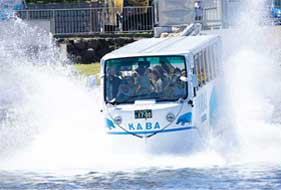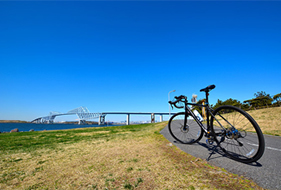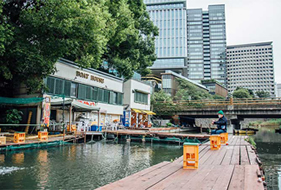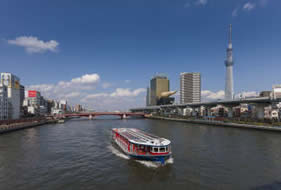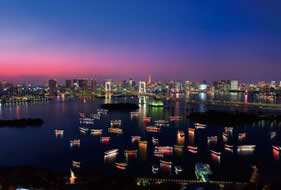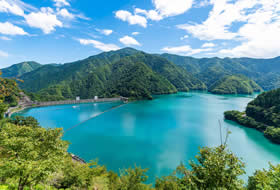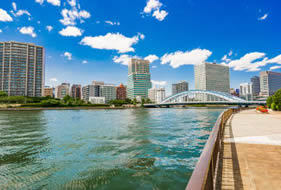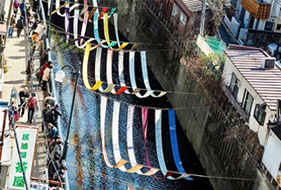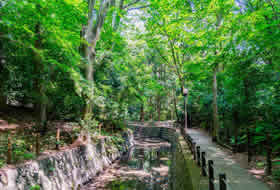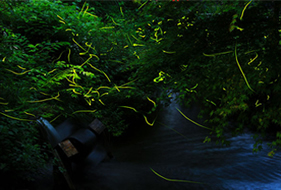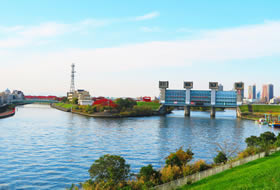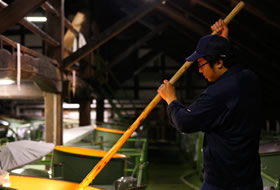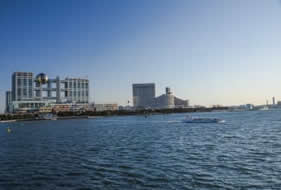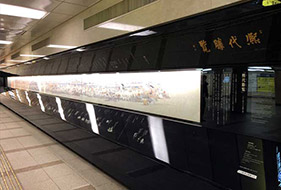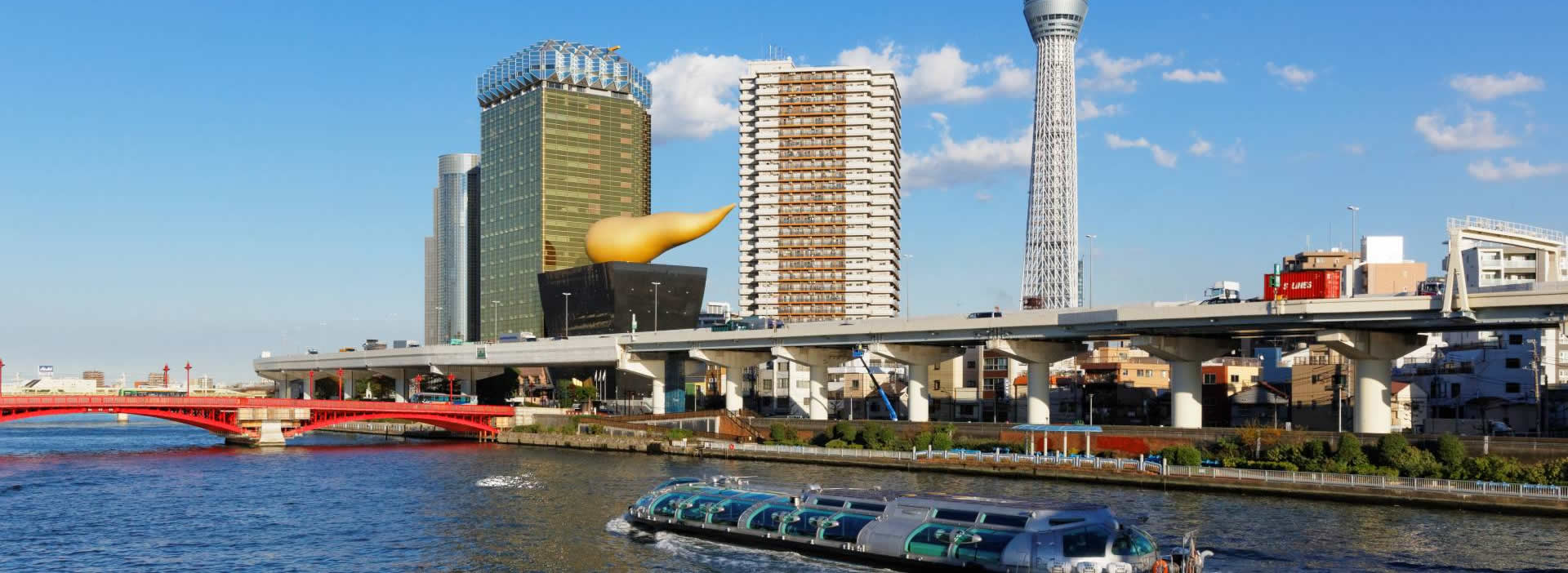
- Share this page
Share this page
- EN
Select Language
- FAVORITES
- Search
Detailed search: You can do a detailed search by keyword, genre, time, area and tag.
Main content starts here.
- Visit Tokyo |
- SPOT |
- Waterfront
Waterfront
Make the city’s historic waterways and chic new waterfront areas part of your Tokyo visit
Modern-day Tokyo owes much to the intricate system of waterways created to serve the 17th century capital, Edo. Today, new developments out on Tokyo Bay and along the city’s waterfront areas pay homage to this history and are fast becoming some of the hottest new neighborhoods. Find out where to go and what to experience both on and by the water.
Don't Miss
- Taking a row boat out on Chidori-ga-fuchi Moat, particularly during cherry blossom season
- Artsy Tennozu Isle and its restaurant-lined boardwalks
- The dazzling Tokyo skyline from one of the bay area dinner cruises
- Touring the city's historic waterways by boat, kayak or paddle board
Reference Link
